Any of the following may be the fuel source for a class b fire: Class b fires are fires which involve flammable or combustible liquids.

Fire Classes - Fsh Direct
You should use class c fire extinguishers or one classed for abc or bc fires to put out an electrical fire.

Class b fire is caused by. The us system includes flammable gases in their class b. Class b fires are those where the fuel is flammable or combustible liquid. Flammable liquids such as alcohol, ether, oil, gasoline and grease, which are best extinguished by smothering.
This type of fire is flammable liquids and gases. However, the type of foam to be used depends on whether it is water soluble or hydrocarbon. In the european/australian system, flammable liquids are designated class b having.
A carbon dioxide fire extinguisher rated for flammable liquids and gasses. Which of the following is the acronym describing the correct sequence of using a fire extinguisher? Flammable gases include butane and propane.
The fuel for a class b is a combustible gas or liquid. Class b fire (liquid substances): Fire extinguishers are classified a, abc, bc, or k and loosely correspond to fire classifications.
All extinguishers capable of extinguishing class a, b or f fires carry a fire rating which is indicated by a number and letter (eg 13a, 55b). Fires caused due to flammable liquid substances (petrol, oil, varnish, solvents, cooking oil, paints etc.) all these substances are lighter than water, therefore, fire extinguishers can be used to extinguish fire. The only difference is the fuel.
The use of lighter fluid on a charcoal grill, for example, creates a class b fire. The letter indicates the fire classification as above. That is ordinary combustibles like you, paper, wood,plastic, cardboard, clothing, linen and many other materials.
Electrical equipment, appliances and wiring in which the use or a nonconductive extinguishing agent prevents injury. The number is indicating the size of fire it can extinguish under test conditions. The larger the number, the larger the fire it can extinguish.
But, this classification typically does not include fires involving cooking oils or grease. In order to have a fire, you need fuel, oxygen, heat and a chemical reaction. Class b fires are not really different from other fires in that they have the same basic “fire tetrahedron” elements.
Ordinary solid combustibles such as paper, wood, cloth and some plastics. For instance, a class b extinguisher will work on fires caused by an explosive or flammable liquid like gasoline. The most effective extinguishing agent against a class b fire is foam.
Class d, burning metals, eg aluminium, lithium or magnesium; Fires caused by electrical equipment (indicated by an electric spark symbol and not the letter e) class f, fats and cooking oils. The presence of these liquids, which are also known as hydrocarbon fuels, represent the fuel aspect of the fire triangle (heat, fuel and oxygen) and provide the materials necessary to begin, develop and maintain a fire.
For example, propane, natural gas, gasoline and kerosene fires are types of class b fires. In addition to dry chemicals, these extinguishers also. There are four classes of fires:
Class b, flammable liquids eg paraffin, petrol, diesel or oil (but not cooking oil) class c, flammable gases, eg butane, propane or methane; Water, carbon dioxide and dry chemical will extinguish this type of fire. (a) pull (b) push (c) pass (d).
What are class b fires? (a) class a water fire extinguishers (b) class b carbon dioxide fire extinguisher (c) class c dry chemical fire extinguisher (d) none of the above 3. According to the us fire administration, class b fires involve ignitable liquids or gases like petroleum grease, alcohol, paint, propane, or gasoline.
Class b fires are known to result from an explosion of flammable liquids or gases. Which of the following fire extinguishers is used to put out fires caused by flammable liquids? A class b fire does not leave embers or ashes and can be best extinguished by providing a wall between the fuel and the oxygen, a technique known as smothering.
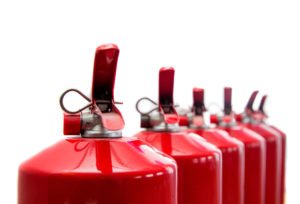
Fire Extinguisher Types How To Choose The Right Class

Fire Classes - Fsh Direct
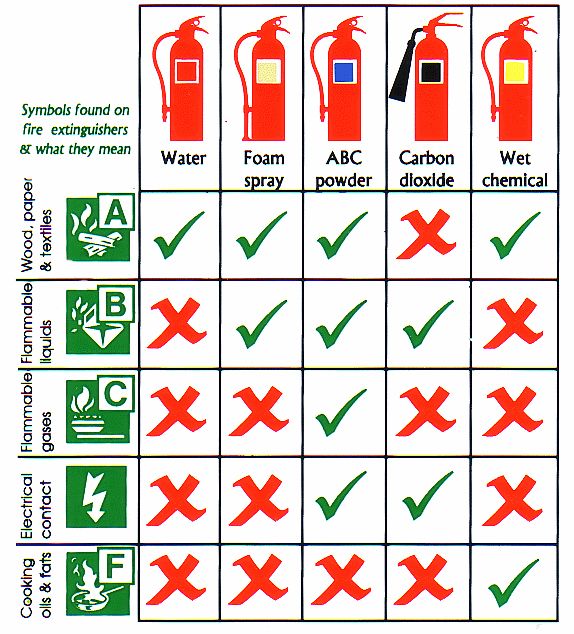
Fire Extinguisher Types How To Choose The Right Class

Fire Classes - Fsh Direct

The 6 Types And Classes Of Fire And How To Attack Them - Haspod
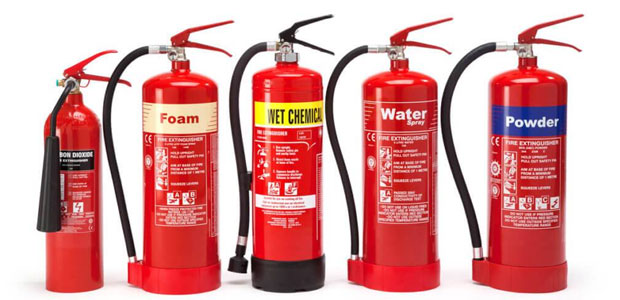
The Abcs Ds And Ks Of Fire Extinguishers -- Occupational Health Safety

Abcs Of Fire Extinguishers Fire Prevention Services The University Of Texas At Austin
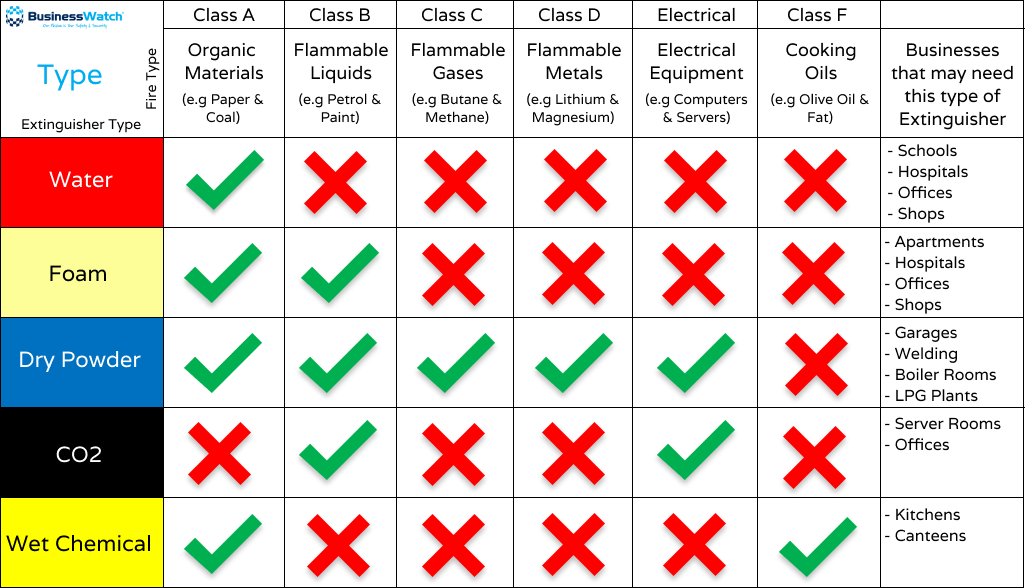
What Are The Different Types Of Fire Extinguishers Uk Businesswatch

Fire Classes - Fsh Direct

Types Of Fires Kidde Fire Safety

A Chart Outlining Types Of Fire Extinguishers In 2021 Types Of Fire Fire Extinguishers Fire Extinguisher Training

Find Out What The Symbols On Your Fire Extinguisher Actually Mean - Foremost Promotions

The 6 Types And Classes Of Fire And How To Attack Them - Haspod

The Five Classes Of Fires And The Fire Extinguishers That Stop Them - Strike First Usa
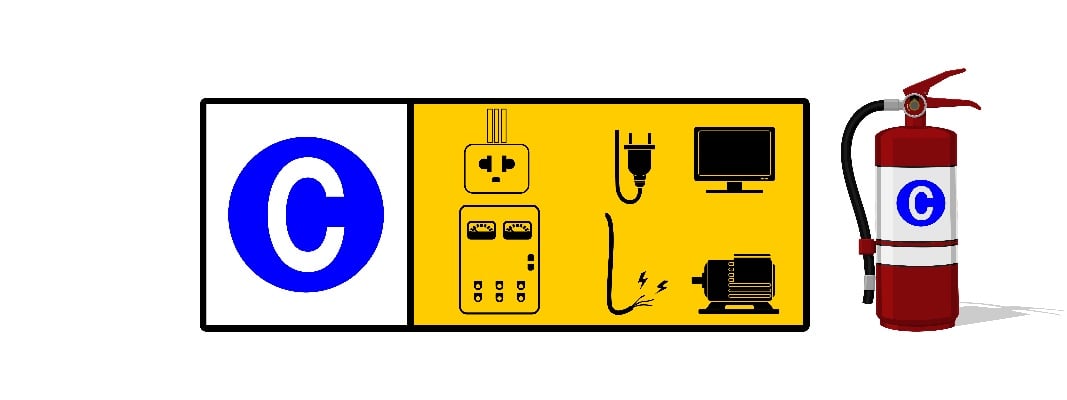
What Is A Class C Fire Extinguisher Used For

How To Detect And Extinguish A Class F Fire Cooking Oils Fats Elite Fire

The Types Of Fire Extinguishers Classifications Water Foam Co2

Ceasefire Hcfc 123 Clean Agent Gas Based Fire Extinguisher - 6 Kg Features Extinguisher Fire Extinguisher Cleaning

The Different Types Of Fires Classes Prevention Reaction